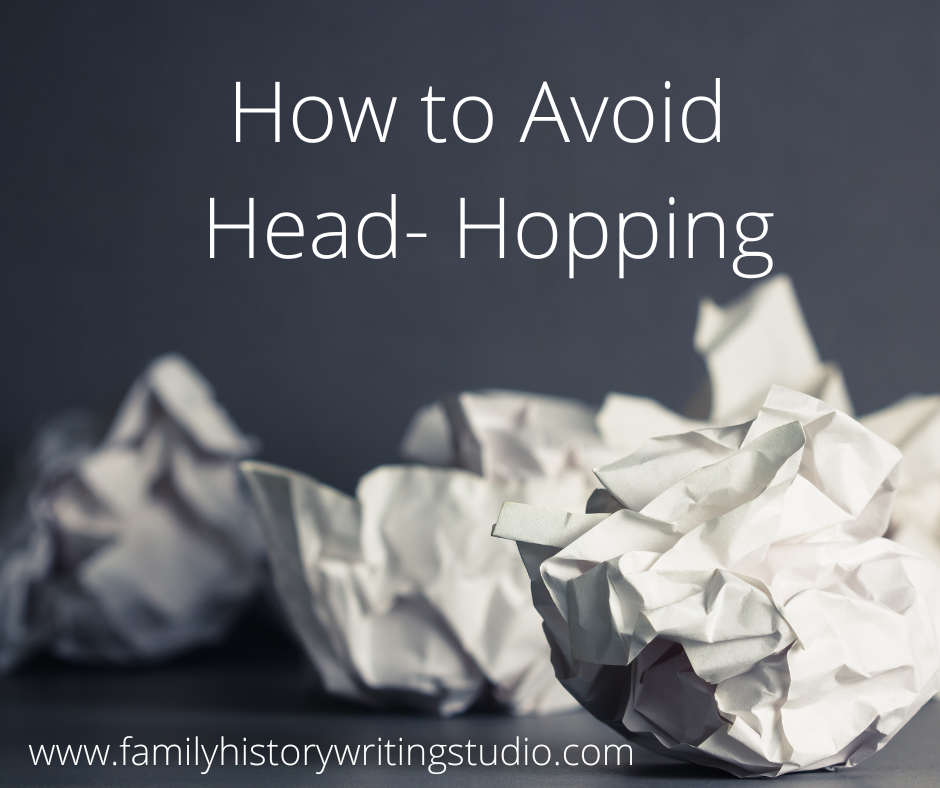Hey there, fellow scribes! Welcome back to my writer’s corner, where we dive deep into the art of family history storytelling. Today, we’re tackling a topic that’s essential for any budding writer: head hopping. You might be wondering, “What on earth is head hopping?” Well, fear not, because in this video, we’ll unravel the mysteries behind this sneaky technique and discover how to steer clear of its pitfalls. It’s like navigating a treacherous river, but with the right knowledge and guidance, you’ll be able to keep your readers engaged and immersed in your narrative. So grab your pens and notebooks, and let’s embark on this exciting journey together.
What is Head-Hopping and How to Avoid It

1 thought on “What is Head-Hopping and How to Avoid It”
Comments are closed.
Related Post
Scene vs Summary: How to Strike the Perfect Balance in Your Family History NarrativesScene vs Summary: How to Strike the Perfect Balance in Your Family History Narratives
Today, we’re diving into an essential topic that will elevate your family stories from good to unforgettable. We’re exploring the art of using ‘Scene’ and ‘Summary.”Just like a chef knowing when to add a dash of spice or a sprinkle of sugar, as family history writers, we need to understand when to use a scene or a summary. Are you ready to master this delicate balance? Watch today’s Storylines.
6 Crucial Components for Crafting a Family History Scene6 Crucial Components for Crafting a Family History Scene
You probably heard before that in any given scene you need character, your ancestor, of course, and setting, but what else? Are you locking down all 6 key components in your scenes. Scenes are so very important to our family history stories, and understanding these 6 components will go along way to getting it right and engaging your reader. Watch the video lesson below and start crafting scenes that will entertain and engage your reader.
Hi again Lynn. Great tip! I had not really thought about the concept of ‘head hopping’, but after watching your video and reading about this idea, it really makes sense. Many thanks!